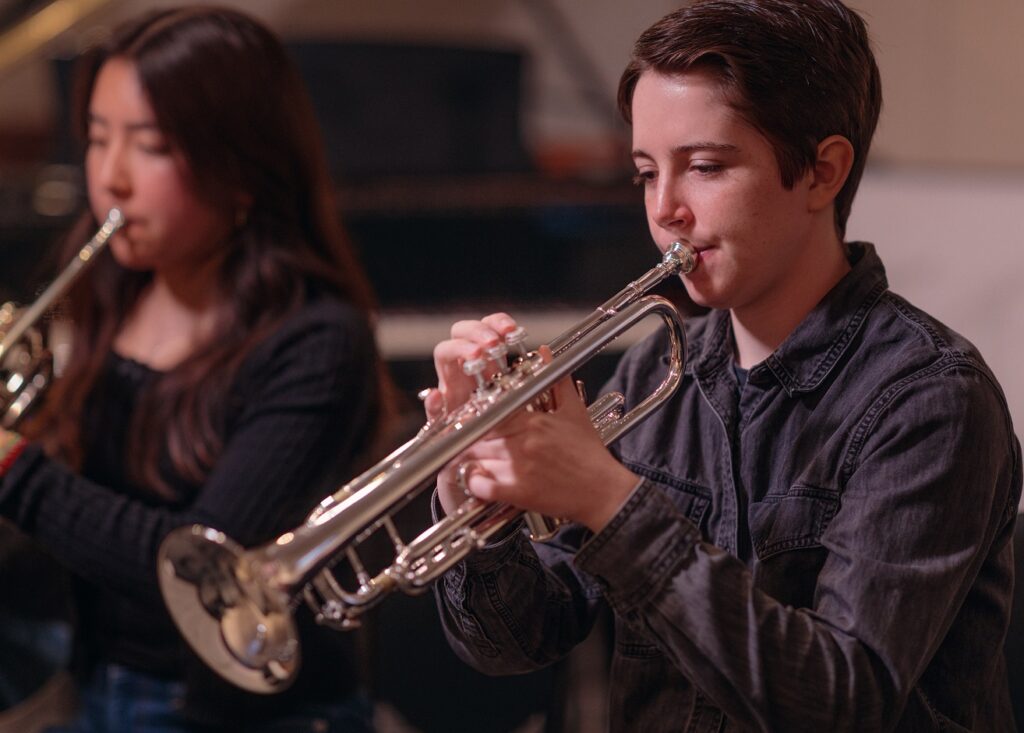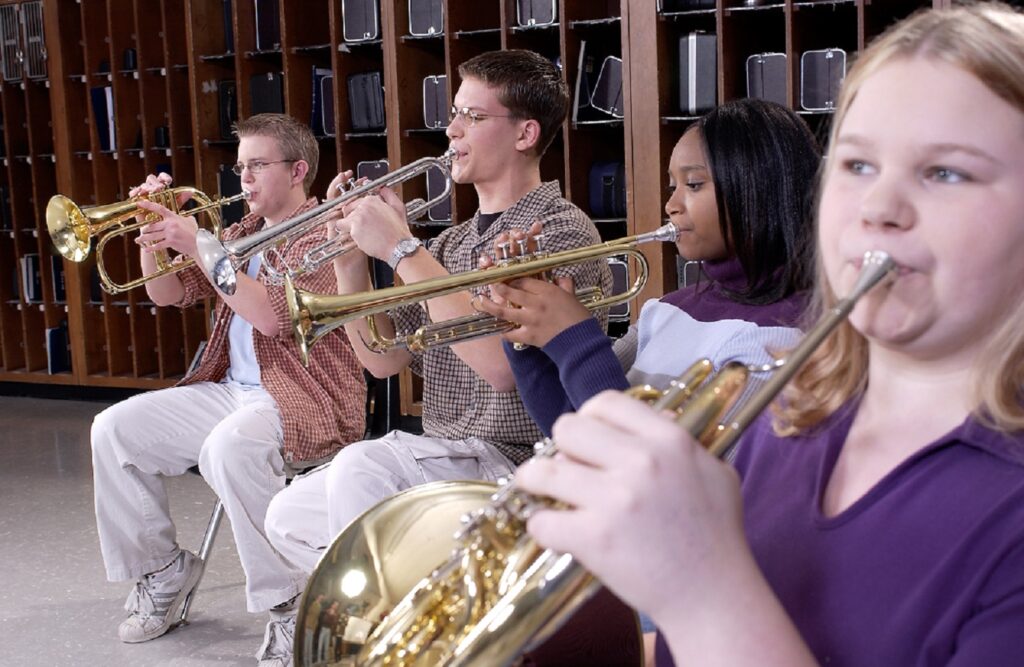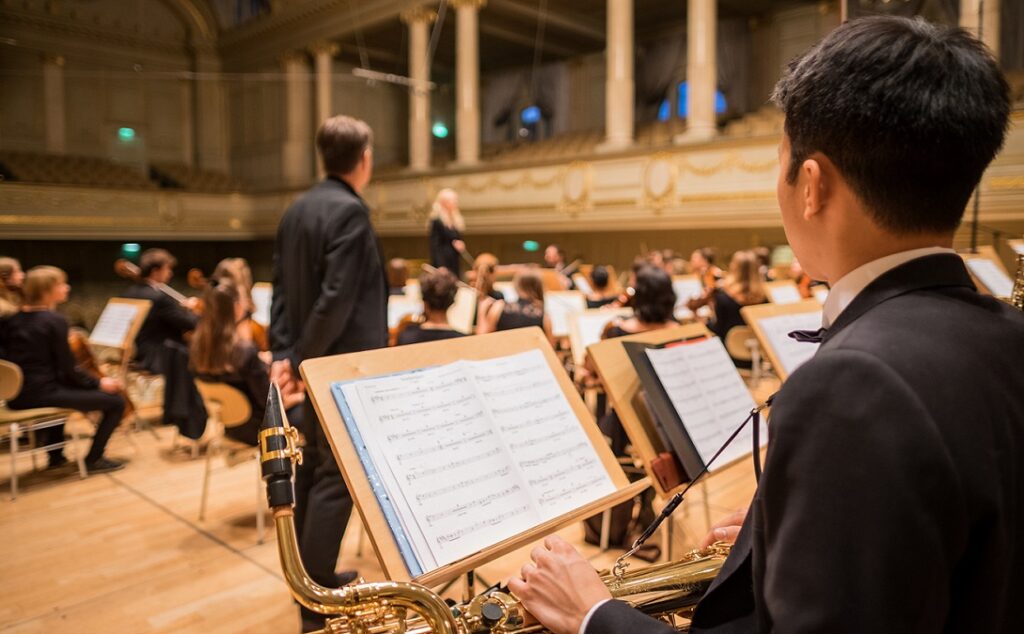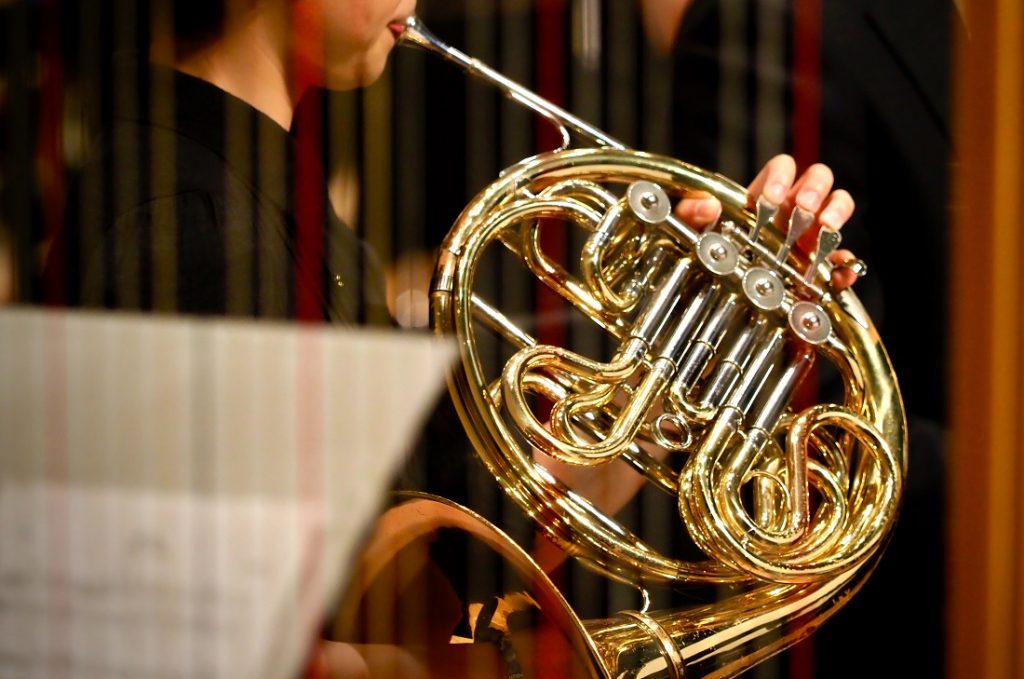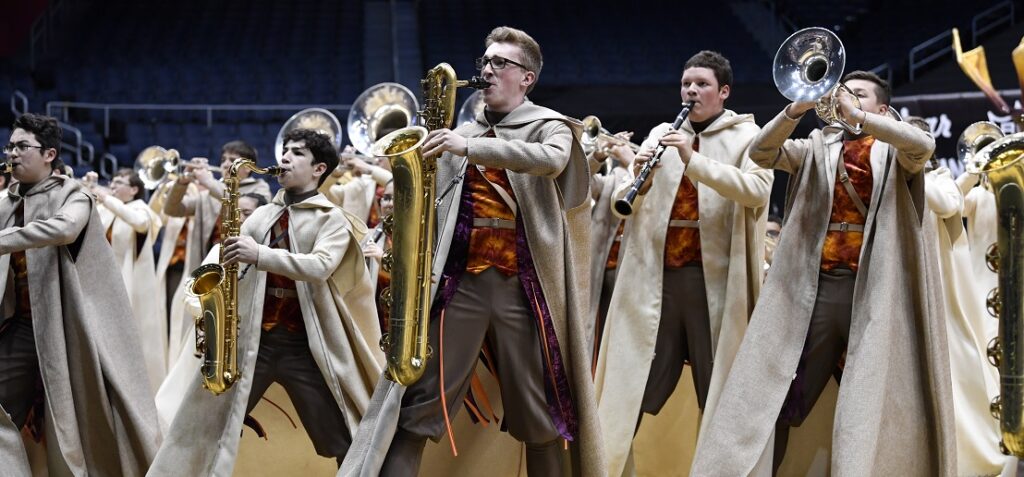Tagged Under:
Programming with Limited Winds Instrumentation
Your band can sound amazing if you balance with creative instrument substitutions.
“All these kids want to play bassoon and tuba. And our choir — kids are literally fighting over singing the second alto part! What the heck am I going to do?”
There are those who have a perfectly balanced band, orchestra or choir. Balanced instrumentation or voicing, every part covered. “English horn solo? No problem! Our third oboe player will cover that!”
Then there’s the rest of us.
However, as the saying goes, the show must go on! So, let’s talk about some ways to program literature for your ensemble with limited instrumentation.
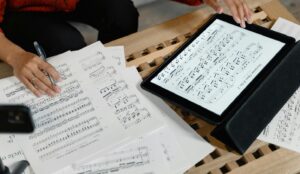
Select the Right Music
A few items to remember:
- Composers don’t write with your band in mind. They write either to an ideal ensemble or the ensemble in their head. Don’t take this personally!
- Select music that you can reasonably play with a majority of your group. If musical surgery is required to make the piece work, it may be time to admit that this is not the piece for your group right now. A few alterations here or there are fine, but when you are leaning into “arranging-a-new-piece” territory, it’s time to look elsewhere.
- This may seem counterintuitive, but look at a piece before you listen. Many websites allow you to preview a piece. Pay particular attention to ranges. If the piece is written in ranges that are within your group’s capabilities (or stretches them maybe a note or two), then start digging in a little more. If you listen to a piece first, you might quickly fall in love with it because it sounds great, but it may be a bit too much right now (more on that later).
- Take special care to look at solos. If a piece features a prominent flute solo and you don’t have a flute player, try another piece.
- Be realistic about how many substitutions you may have to make. For example, a piece calls for a horn part and you don’t have any horns, but you have an alto, tenor saxophone or euphonium player to spare, then you can consider it. However, if the piece prominently features four unique horn parts and you only have one musician who can double, this performance may end up lacking. Reminder: Some simple alterations or subbing is expected, not a full-on Frankenstein of the piece.
- Here’s another tough-love situation. You can’t play everything you want to play. “I’d love to play Shostakovich’s Festive Overture, but I have no trumpets and my clarinets can’t play over the break.” Maybe try Festive Overture next year?
A lot of us start our careers wanting to play music that we performed in high school or college. Sometimes this works out, but other times — and I certainly experienced this — we realize that our favorite pieces may not be the best fit for our ensemble. If you’re determined to program a piece you love no matter what, chances are you will run into some difficulties. In my case, I handed out one of my favorite pieces and did everything I could to make it work, only to sheepishly asked the kids to return the piece three weeks later and subbing it out with something that fit my ensemble.
In short, program for the ensemble you have, not the one you wish you had. The goal is not to win at state or make the big national festival or be the most famous director ever. These are side effects (if they are even possible!) to selecting literature that works best for your students.
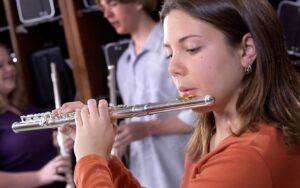
Know Your Instruments: Cylinders and Cones
Before we get into substitutions, let’s play “Know Your Instruments!” When making substitutions for band instruments, it can help to think about the wind instruments categorized into two groups: cylindrical and conical instruments.
- Cylindrical: flutes, all clarinets, trumpets, trombones.
- Conical: oboe, bassoon, saxophones, horns, euphonium, tuba.
This will come in handy in a moment!
I’ve experimented with the following doublings and substitutions. Some of these are commonly known and even printed as cues in the music; others are suggestions I’ve tried or borrowed from other music teachers with some success.
Ultimately, we want to play the part on the instrument it was actually written for. But we all don’t have that luxury, and there are not flex versions of every piece out there.
So, if you have to double, stay within the same category as much as you can. In other words, sub a conical instrument with another conical instrument, or sub a cylinder with another cylinder.
- Oboe — the most common sub for this is muted trumpet. Make sure that your trumpet player’s tuning slide comes out a mute (the mute makes them play sharp), and that the mute is secure in the bell!
- Bassoon — euphonium, tuba, bari sax. Make sure to adjust for the range.
- Horn — just take any instrument, stick your hand in the bell, and play a bunch of wrong notes … I’m kidding! (Please don’t write me hate mail, horn players!) A common doubling for horn is alto sax, but I actually like using tenor sax.
- Baritone sax — euphonium subs quite well. Quite often, however, the euphonium is needed to cover, well, the euphonium part.
For all switches, take care to either transpose the part for the student or help them transpose the part themselves.
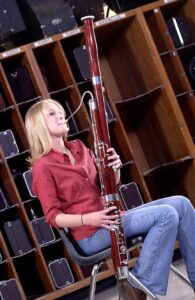
Make The Switch
Sometimes, we have more students in one section and no students in a section that we need. If you find yourself in this situation, consider asking students to make a switch. In this article, I go into detail with eight tips on helping students switch instruments.
Study Your Pieces: Take a look at your pieces — how is the melody often voiced? If you’re playing pieces where the trumpet, clarinet and flute are all playing the melody at a certain point, then the composer wants a clear sound because they wrote it for cylinder instruments. If this melody also includes horn and alto sax, then the composer wanted to add a little warmth or depth to the sound. When doubling, try to stay within the intentions of the piece as much as you can. And if the composer provides cross cues and you have the doubled instrument? Keep it simple — no need to use brain power to get creative!
What About Percussion? If you’re limited on percussion, look at your piece and see what is the most crucial part. For a march, we’ll prioritize bass drum, cymbals and snare. Chances are the keyboard parts may be covered somewhere else in the winds if you don’t have the personnel.
For smaller accessories or hand percussion (maracas, etc.), I’ve asked wind players who either rest during a featured percussion section or are a part of a section with plenty of members to cover.
“Must-Be-Nice” Doublings: I have a couple doublings that I put in a category called “must be nice.” These doublings either cost some money if you don’t have the instruments, or require you to have a good friend who will let you borrow them. My program is probably like yours — we’re always looking for as many resources as we can. That being said, if you run across these issues, here are some solutions.
- English horn — Occasionally, we’ve programmed some pieces that have an English horn solo. I found it easier to come by 1 a soprano saxophone and 2) a soprano saxophone player. My high school band director taught me this doubling. One clinician listened to a recording of his band once and even commented on the “wonderful English horn sound!”
- Tuba — I’m going to break the rule here of subbing (or assisting) with a different family, but besides the typical subbing of bari sax or even euphonium for some higher parts, bass clarinets can be your friend here. Specifically, a contra-alto or contra-bass clarinet — if you have the budget for one or the other. It may not provide the same “warmth” of a tuba, but a low clarinet sound can provide a good foundation for a band.

Resources
There are plenty of resources out there to help with programming, balancing, and instrumentation. I’ll offer two here:
- Other people in your shoes: Seriously, find other programs like yours and reach out to the directors to ask how they “work their magic.” Chances are they do something like the above and they have other creative ways of working with what they have. Take as much as you can from every director you meet!
- Bravo Winds Training Series: Teaching Smaller Bands DVD: This is one of my go-to resources. This series addresses the challenges of organizing, teaching and performing with a concert band of limited size and instrumentation. If you have a “less-than-traditional” group in terms of size or instrumentation, you won’t regret checking out this method. The program is hosted by clinician Yasutaka Kaneda, with percussion coaching from Michiko Kimura.
___________________________________
I can’t stress enough how important it is to select music that fits your ensemble. However, I have been in situations where it seemed that no one was writing music that was even close to my instrumentation (who knew that tuba players get older and, you know, graduate?). So, I made small adjustments to ensure that my kids could be proud of their performance at a concert.
Ultimately, do what is best for your ensemble while keeping the integrity of the piece intact. If you find that you are practically making a new arrangement, consider a different piece. Or, if you have a really good arrangement, take a chance and submit it for publication (just make sure you don’t perform something without permission/securing the rights).










